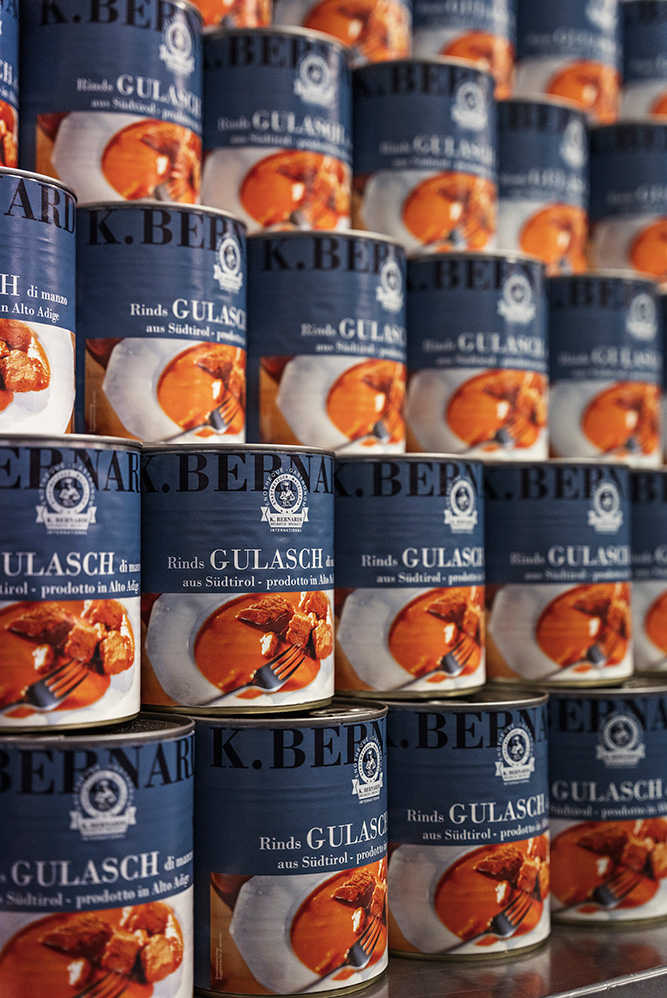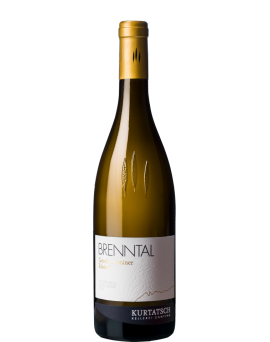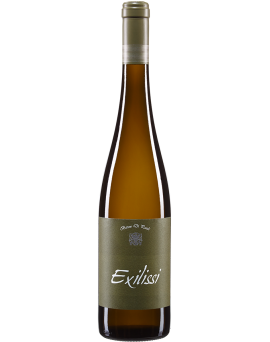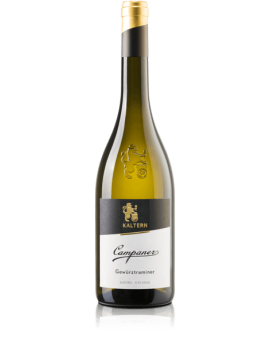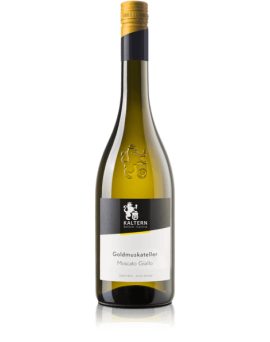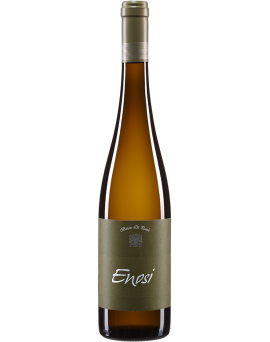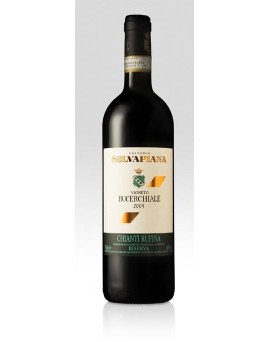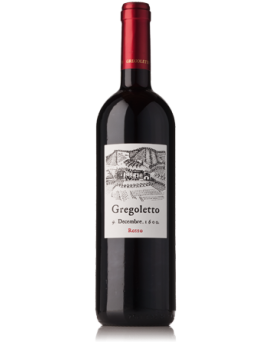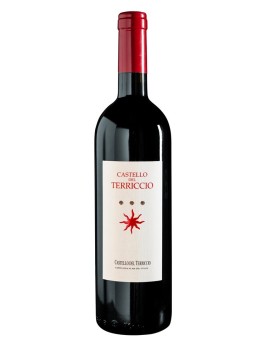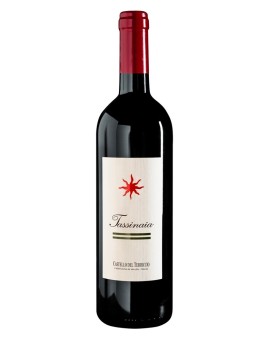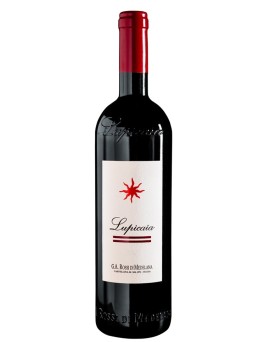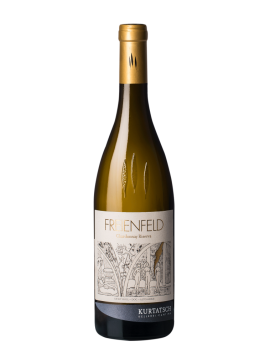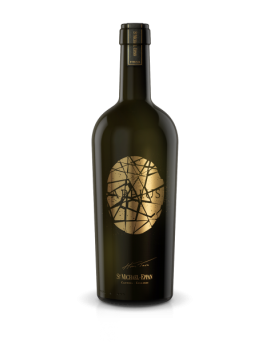Gewürztraminer Riserva 2019...
The demanding Gewürztraminer prefers warm, airy sites with deep, loamy soils. These conditions are found in the Brenntal vineyard in the north-west of the village of<br />Kurtatsch.<br /><br />The Gewürztraminer gets its multifaceted aromas from the red clay soils: lychee, roses, mango, caramelised orange peel and lavender. On the palate, the wine presents a<br />creamy texture and elegant acidity that balances the muscular body. The wine reaches its complexity after a longer ageing period in the cellar and in the bottle, which is<br />why the wine is only sold as a Riserva 2 years after the harvest. The ageing potential of up to 20 years is enormous.<br />Gewürztraminer BRENNTAL: the long-lived one.<br />Grape variety: Gewürztraminer<br />Vinification: Cold maceration for 3.5 hours, temperature-controlled fermentation in steel tanks; ageing and fine yeast storage for 12 months in stainless steel and for 6<br />months in large oak barrels, minimum bottle ageing of 6 months.<br />Alcohol: 15.5 % vol.<br />Total acidity: 5.1 g/l<br />Residual sugar: 8,1 g/l<br />Yield per hectare: 40 hl<br />Optimum age for drinking: 3-12 years<br />Method of cultivation: sustainable<br />Bottle size: 0,75 l<br />
Price
€28.80

